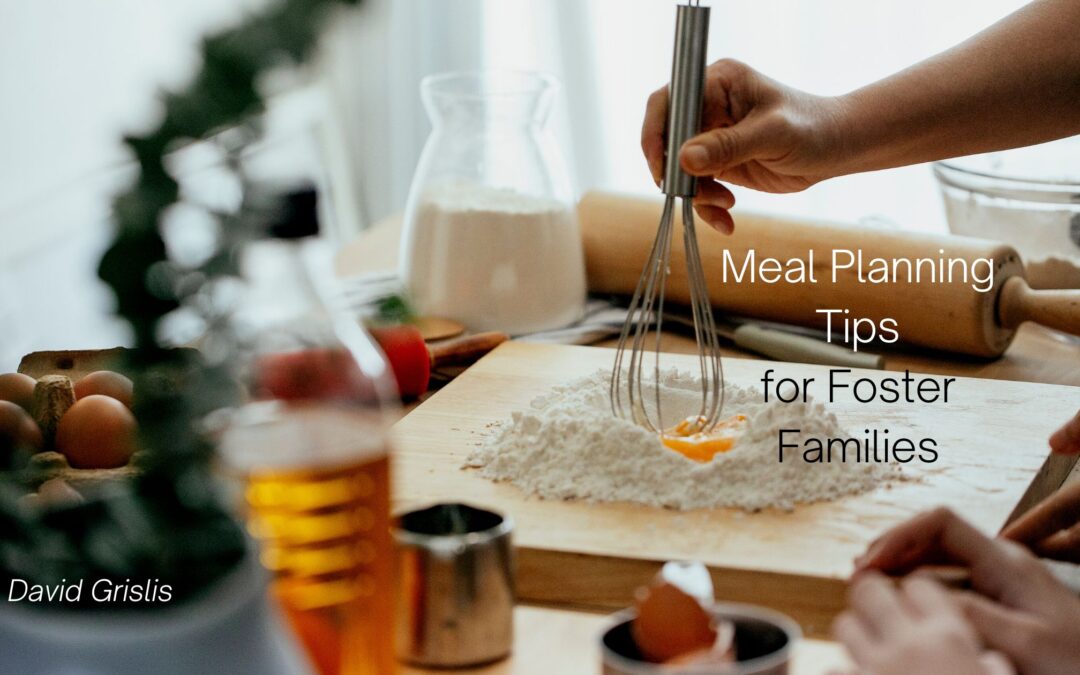Foster families face unique challenges when it comes to meal planning. With constantly changing schedules and a range of dietary restrictions and preferences, ensuring everyone at the table is satisfied and well-nourished can be challenging.
Involve the Children
When planning meals for foster children, involving them in the process is essential. Ask them about their favorite foods and try incorporating them into your meal plans. This can help them feel more comfortable at home and encourage them to try new foods.
Keep a Flexible Schedule
Foster families often have unpredictable schedules, with new children coming and going on short notice. This can make it difficult to plan meals. One solution is to keep a flexible schedule and plan meals every week rather than on a monthly or bi-weekly basis. This allows you to adjust your meal plans as needed to accommodate changes in your schedule.
Plan for Dietary Restrictions and Preferences
Many foster children have dietary restrictions or preferences, such as allergies, intolerances, or religious or cultural conditions. It’s essential to be aware of these restrictions and preferences and to plan meals accordingly. This may mean finding alternative ingredients or preparing separate meals for different family members.
Keep a Well-Stocked Pantry
Having a well-stocked pantry can make meal planning more accessible and more efficient. Keep staple ingredients, such as pasta, rice, canned beans, and canned tomatoes. This allows you to quickly and easily whip up a meal when you don’t have time to go to the grocery store.
Batch Cook
Batch cooking can be a lifesaver for busy foster families. This involves preparing large quantities of food and freezing it for later use. This can save time and money and ensures you always have a healthy meal on hand for those busy nights when you don’t have time to cook from scratch.
Make Use of Leftovers
Leftovers can be a great way to save time and reduce food waste. Instead of throwing away leftovers, use them for a new meal. For example, leftover roasted vegetables can be used in a frittata or omelet, and leftover chicken can be used in a stir-fry or salad.
Embrace Slow Cooker Meals
Slow cooker meals can be a lifesaver for busy foster families. Put all the ingredients into the slow cooker in the morning and let it cook all day. This allows you to come home to a hot, healthy meal without spending hours in the kitchen.
Meal planning for foster families can be challenging. Still, with some planning and preparation, it is possible to provide healthy, nutritious meals that meet everyone’s needs. By involving the children in the meal planning process, keeping a flexible schedule, planning for dietary restrictions and preferences, keeping a well-stocked pantry, batch cooking, making use of leftovers, and embracing slow cooker meals, you can make meal planning more accessible and more efficient, and ensure that your foster family is well-fed and happy.

